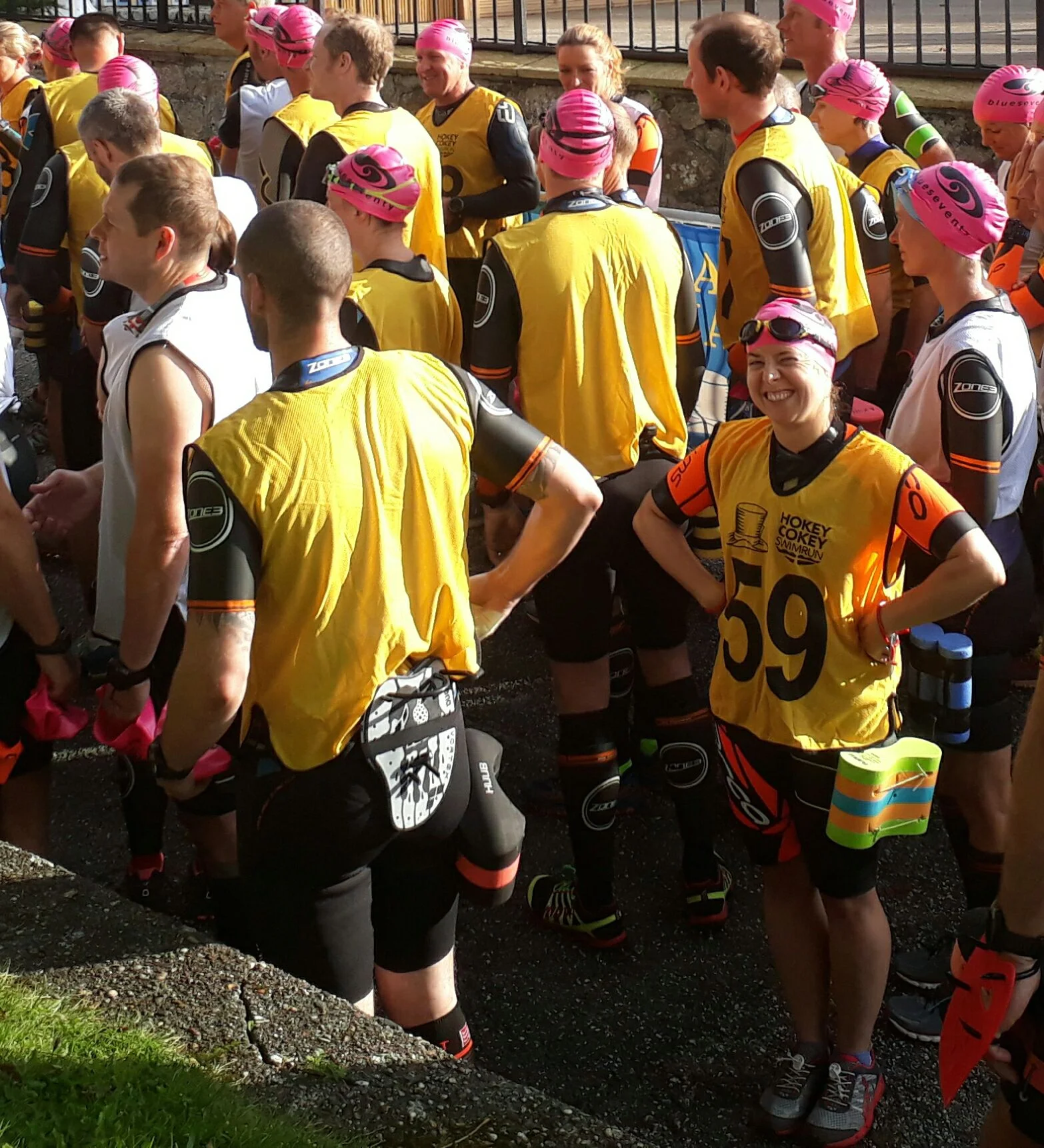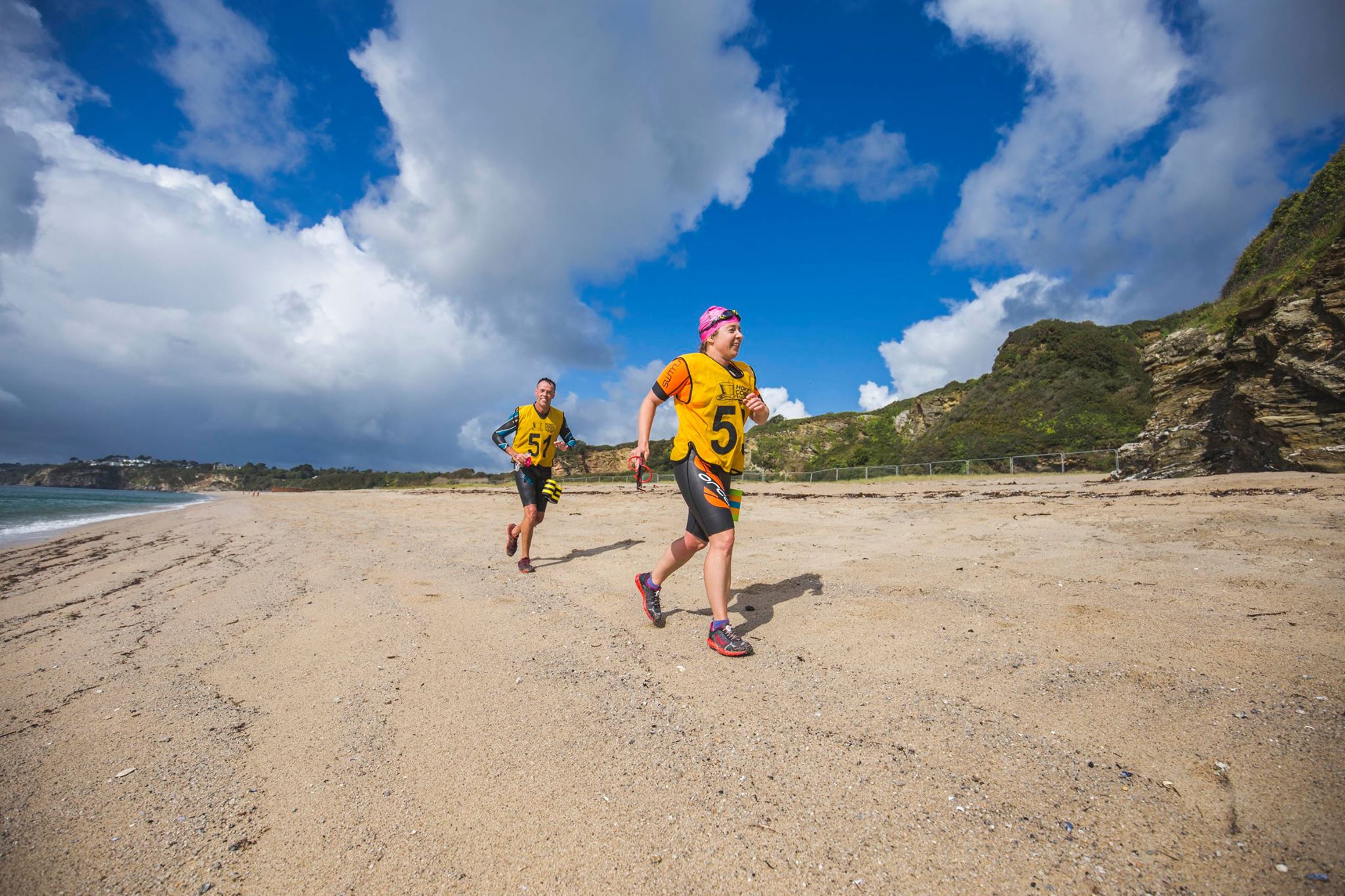NEW TO TRIATHLON? SWIMMING TIPS FOR BEGINNERS
When I first started triathlon I was a weak swimmer. In our tri-club sessions, lane 1 is usually the ‘beginner’s lane’ of the pool with lane 5 being for the most experienced. I was in a lane all to myself - the ‘pre-lane 1 lane’. It took me about 2 years to move up to lane 2, and 3 years before I completed my first triathlon.
You never forget your first triathlon. Mine was the Nottingham Relays in August 2011. Relay events are a great choice for beginners- you complete in a team with each team member completing the swim, bike, and run in turn, allowing a nice rest between each discipline. Unfortunately, as the weakest member of the team, I was first in the water.
I had never completed a mass start in open water before- it was incredibly daunting. I rarely swam with a wetsuit in training and found it constricting over on my chest and lungs even before I got in the water. As soon as the klaxon sounded I felt my heart rate accelerate. Remembering that I should stay to the back of the pack I let the stronger swimmers go first and jogged in gently. As soon as my face hit the water everything went dark. All I saw were bubbles, legs, arms, weeds and blackness. I had swum in open water a few times before but it had not prepared me for this. My throat constricted, I wasn’t getting air in, my mind reeled with confusion and panic - surely I was going to drown? I didn’t drown, I just stopped, I did a bit of breaststroke to calm down, let what felt like the entire field pass me and made myself relax. Once I’d caught my breath back and the echo of the klaxon was no longer ringing in my ears, the panic attack - and it had been a panic attack - subsided and I was able to continue on.
After this event it started happening more and more. I even had a couple of panics in pool swims and had to do the same thing. I don’t exactly know what sets it off but something about race conditions, water temperature, nerves and adrenaline convinces my cardiovascular system I am going to drown. I remember buying a book with a name like ‘How to prevent panic attacks’. One of the first chapters explained that I needed to avoid the situation which had caused the panic - well that wasn’t going to work! Over the next few years I kept having them - sometimes I still do - but I’ve never DNF-ed or let it stop me from taking part in the sport I love.
Here are my top tips if you’re worried about open water swimming.
1. Don't be afraid to hold back
If you’re a nervous swimmer it can be a good idea to hold back at the start and let the majority of the field go off before you. I even count to 5 before I set off to make sure I’m not caught in the fervour. You might feel frustrated to have lost a few seconds at the beginning but it pays dividends later if you don’t have to stop to calm down or catch your breath after someone accidentally punches you. I often use the time to plan my strategy based on how the field is behaving from the start. If people are veering off in a different direction I decide which side to swim on as I overtake.
2. Warm up
I can’t tell you how important this is for avoiding panic in the water. Half the problem is that you’re going from a very low heart rate (esp if it’s early morning) to an incredibly rapid heart rate with no build. You’re body won’t like this and it’s not good for it. Warm up before the event by going for a little jog in your wetsuit or doing some mobility stretches. If they let you warm up in the water, try to exert yourself so that your heart rate is up before the real effort begins.
3. Find where you’re comfortable in the pack
Having said ‘hold back’ this doesn’t always work for everyone. A friend of mine who sometimes struggles in the swim, despite competing in IronMan distance events, once told me that he was fine in the milieu, it was being by himself that made him panic. If you like being in the middle of the pack get in the middle as soon as you can, or behind someone’s feet. If you prefer to quietly overtake to the side make sure you’re on the right side of the stream - no point doubling your distance!
4. Recreate the panic in training
It might sound like the last thing in the world you want to do, and not advice you’ll probably find in any books about overcoming panic attacks, but you need to re-create the race situation which can cause you to panic, but in a safe environment. Remember the things which go through your mind as you start the race; the doubts and the anxieties and get a friend to start you off as if you’re in a race, and ideally other friends to swim close beside or in front of you so that you feel like you’re in a mass start. If you can do this a few times in open water your body should get more used to the feeling. The mind is an amazing thing - if you repeatedly subject it to a stressful event, it will usually start to get used to the idea that you’re not quitting anytime soon!
5. Dealing with the darkness
The best advice I can give you if you’re swimming in dark or murky water is to focus on the things you can see and control. I look at my arm or my brightly coloured Garmin (if the water’s not too bad you should still be able to see it). Focusing on these objects reminds me that I’m just an athlete swimming in a race, not some victim in a shark attack film. The motion of my arm in the water also reminds me of technique and this keeps my mind off the poor visibility.
6. Quieting the mind
Have something to think about before hand to quiet the rising panic or thoughts of disbelief. I used to focus on a particular part of my stroke, like hand entry, or even the thought of getting onto the bike after the swim and how amazing it would feel.
7. Slow your stroke
Start off slow. Counting your strokes between breaths can really help with this. If you find you’re swimming strokes 1, 2, 3 much quicker than you usually would, slow it down, it’s probably just your adrenaline making you swim faster than you normally would. That’s fine in a run or a bike but in a swim it can really have a negative impact. You can always speed up later when you’re out of the ‘danger-panic zone’ but go slow at the beginning.
8. No caffeine before the race
A cup of tea probably wouldn’t do you any harm in the morning but it’s best to avoid coffee, it accelerates your heart rate and you don’t need that if you’re liable to a bit of a panic in the swim.
9. Practice wearing a wetsuit
If you’ve never swum in a wetsuit before, do this before the race, ideally in cold open water. A wetsuit can constrict your chest and arms and everything can feel a bit odd if you’ve never worn one before. Don’t turn up the start line having never warn it in practice.
10. Train in open water
If you know you can do it in training you’ll have more confidence on the day. Getting used to a cold temperature is also important because it really can take your breath away! British Triathlon do taster sessions in the summer for people to get used to sea swimming with some supervision. You never know the conditions on race day so it's a good idea to get experience like this beforehand.



